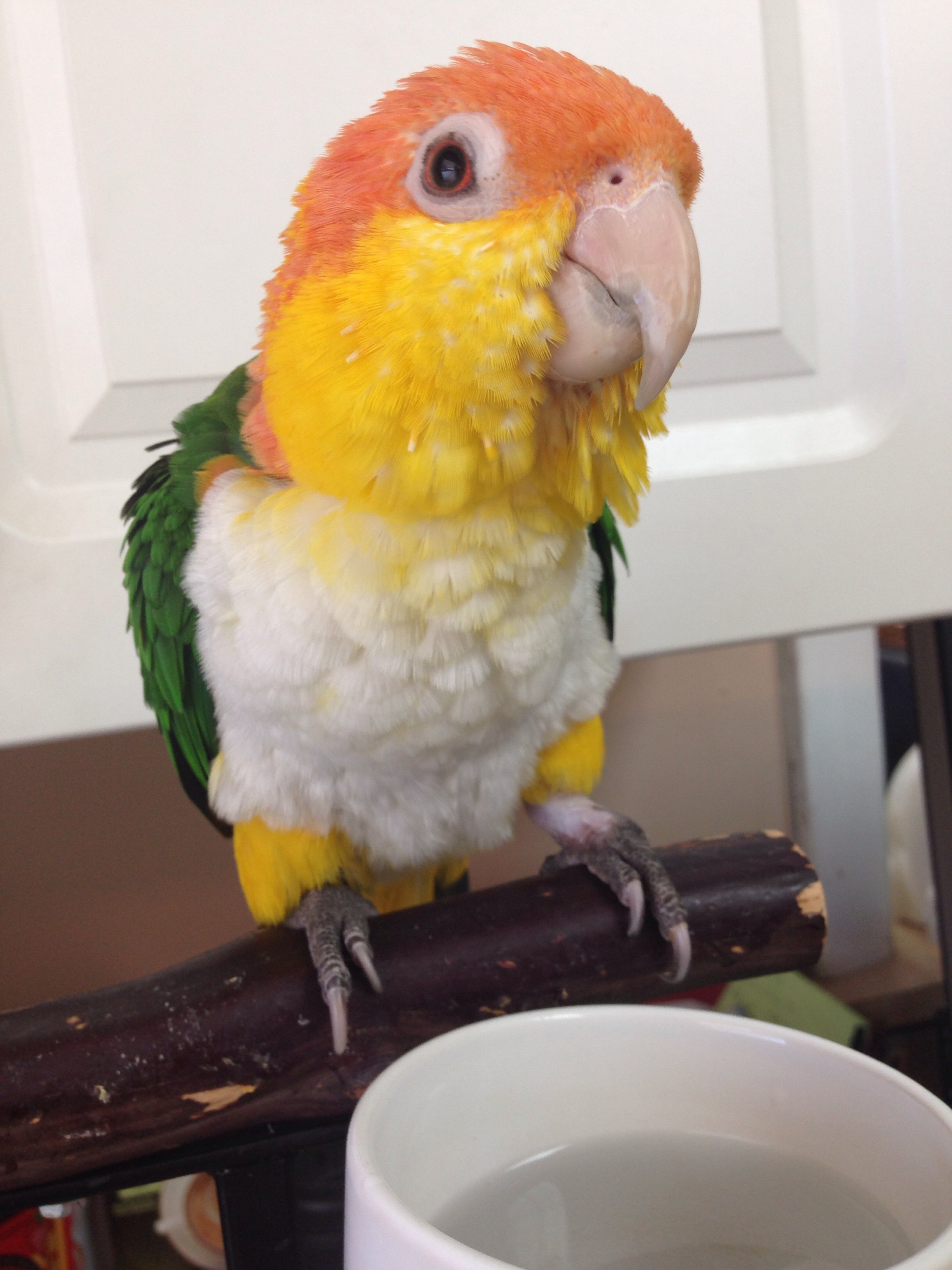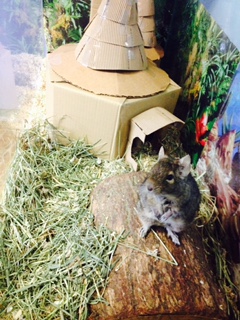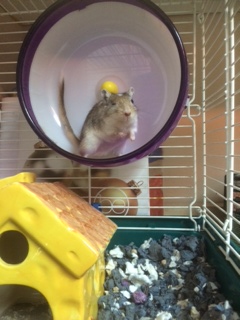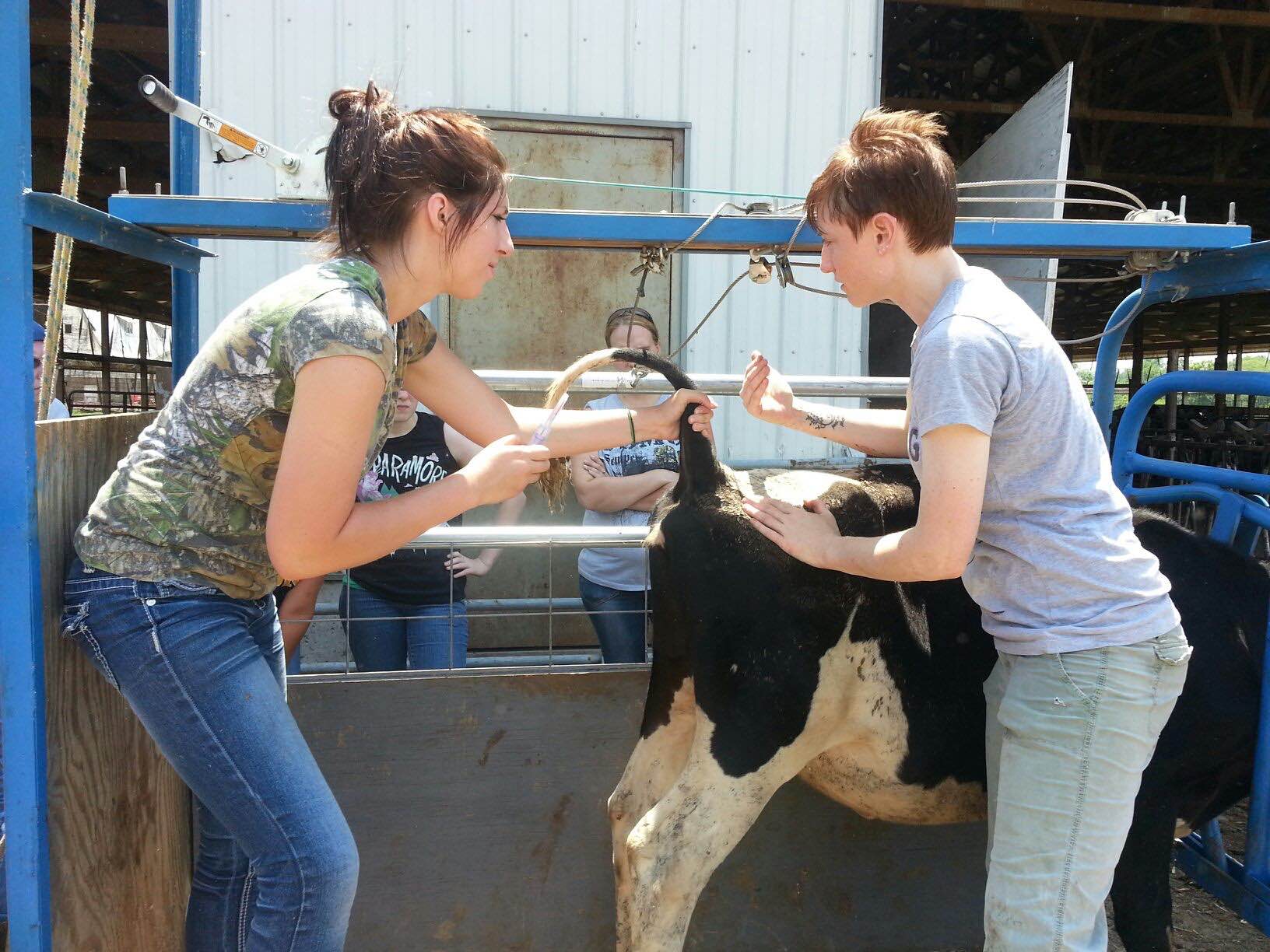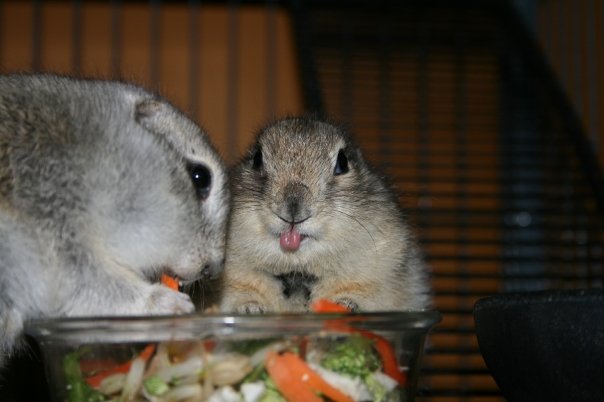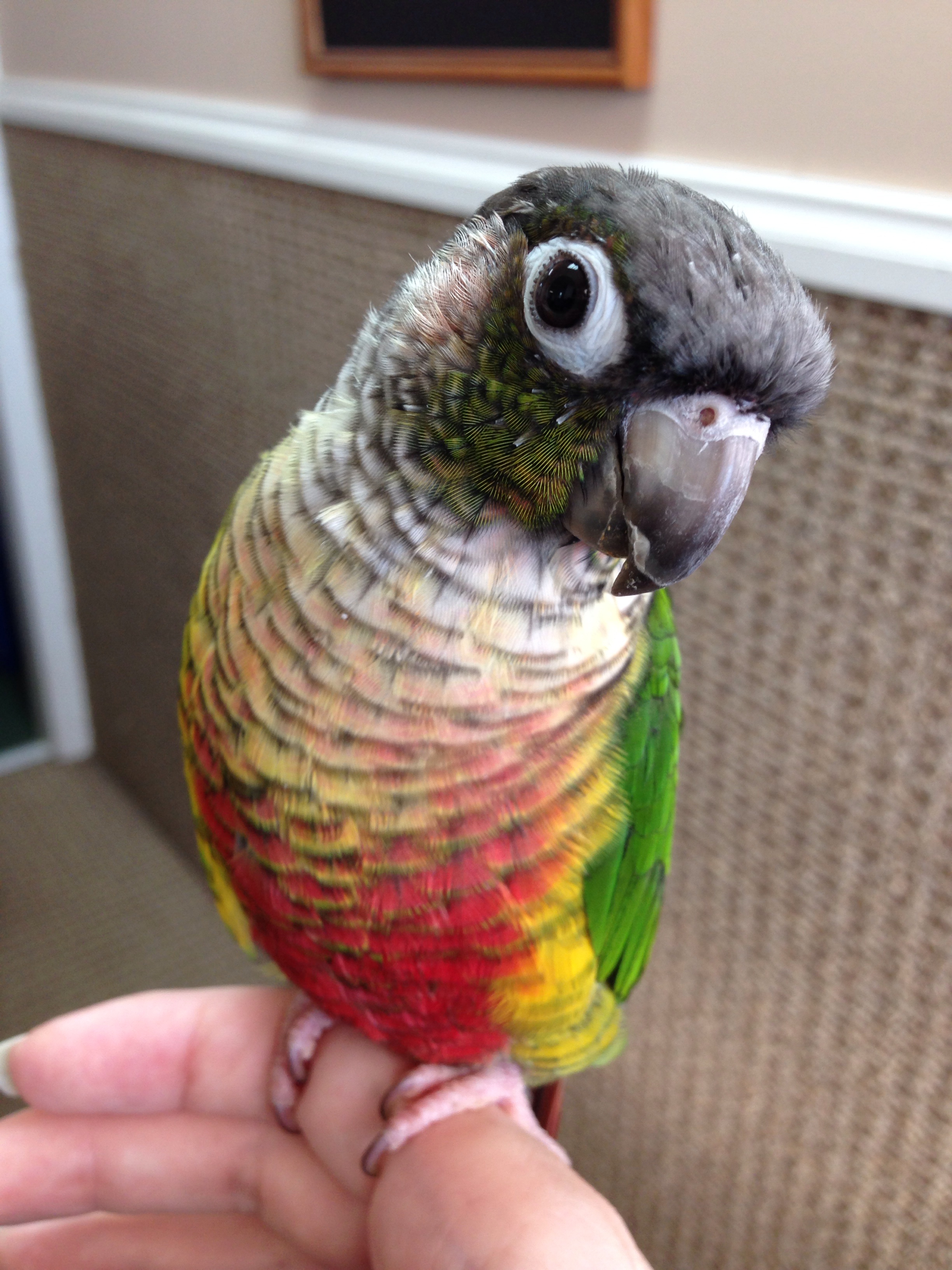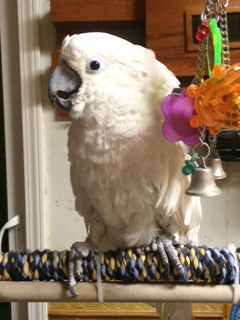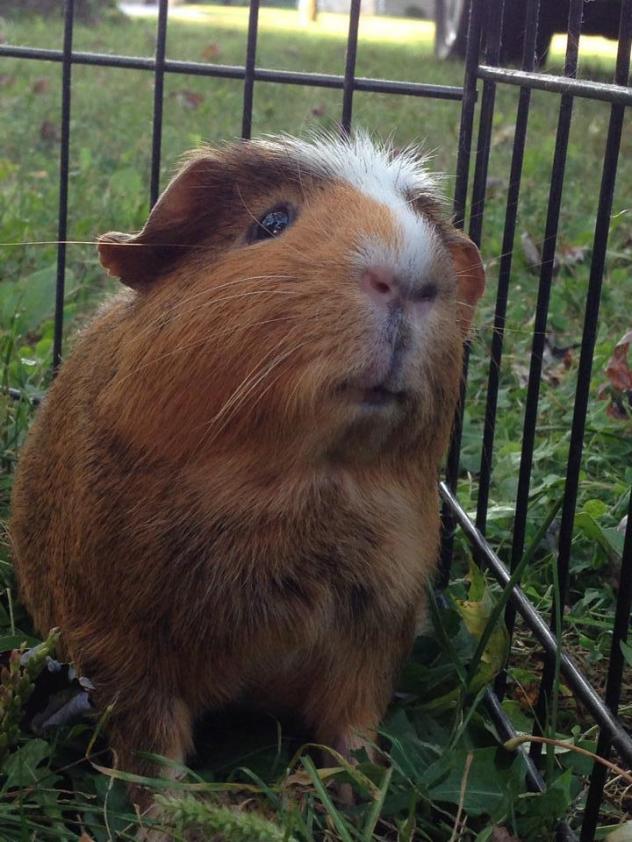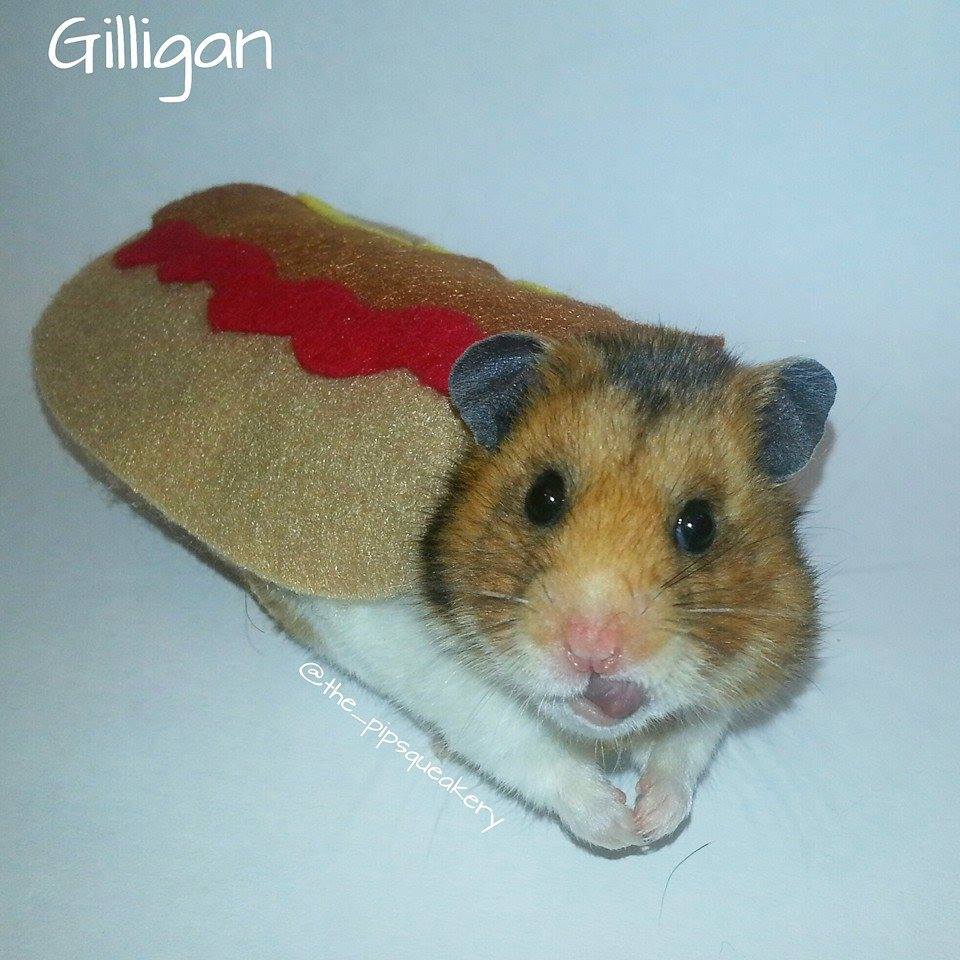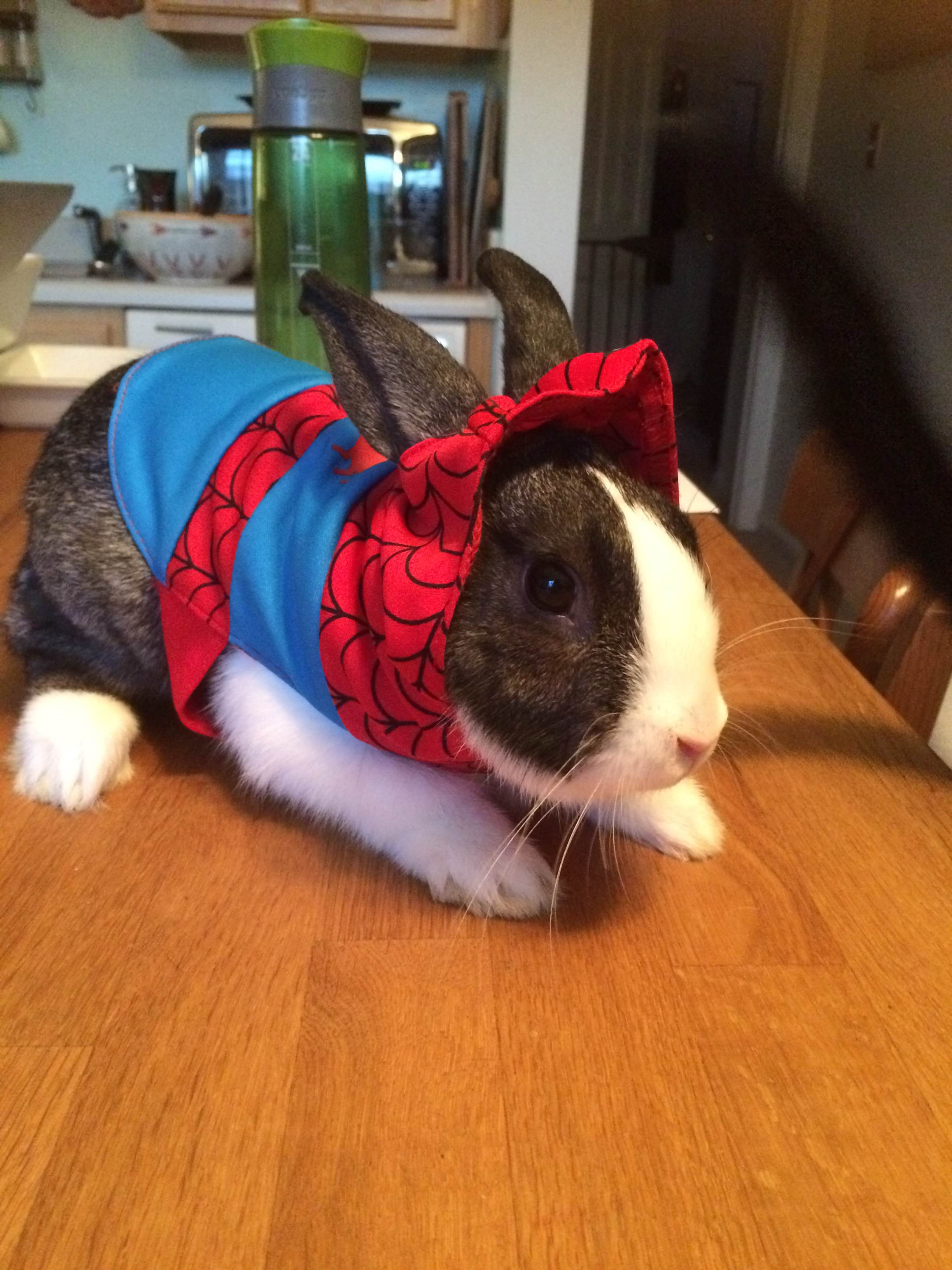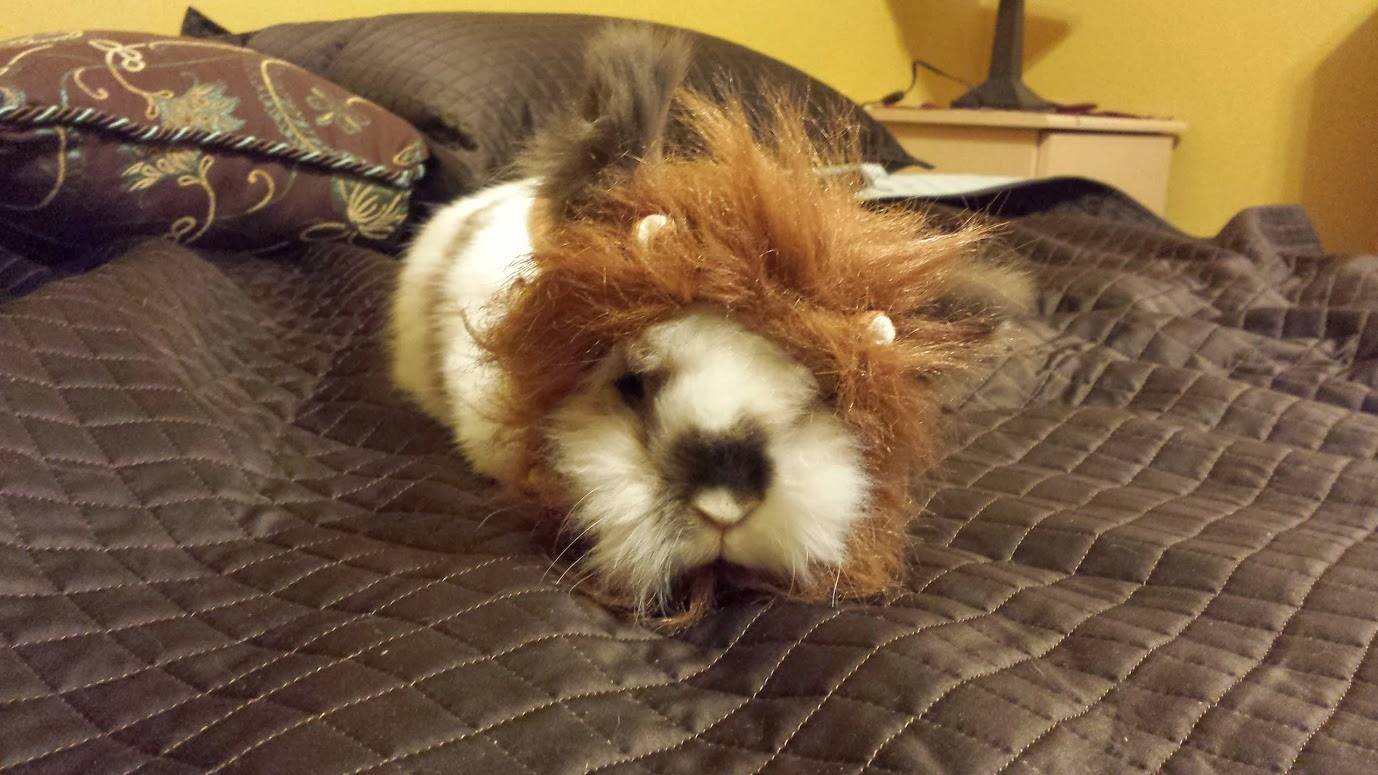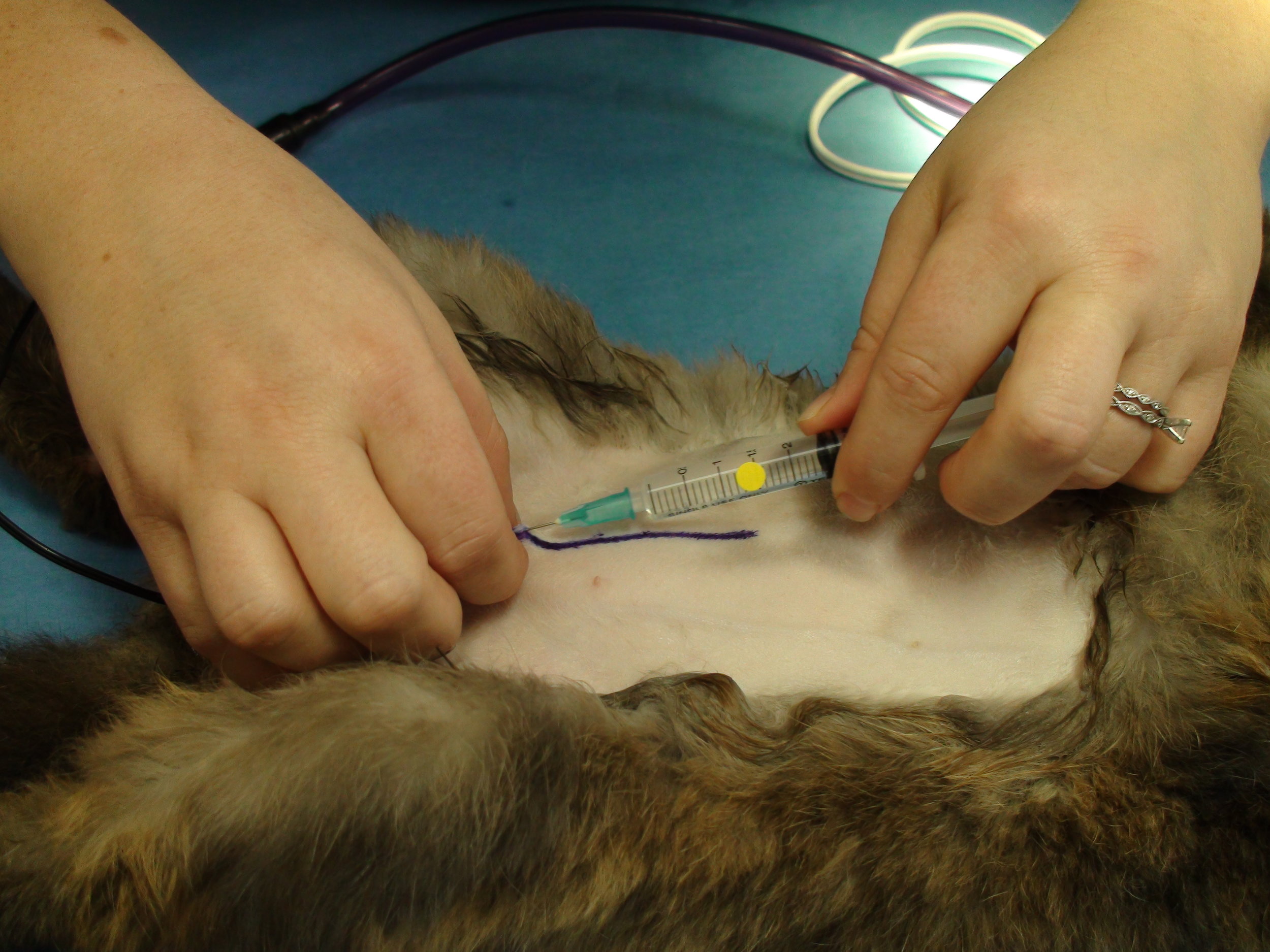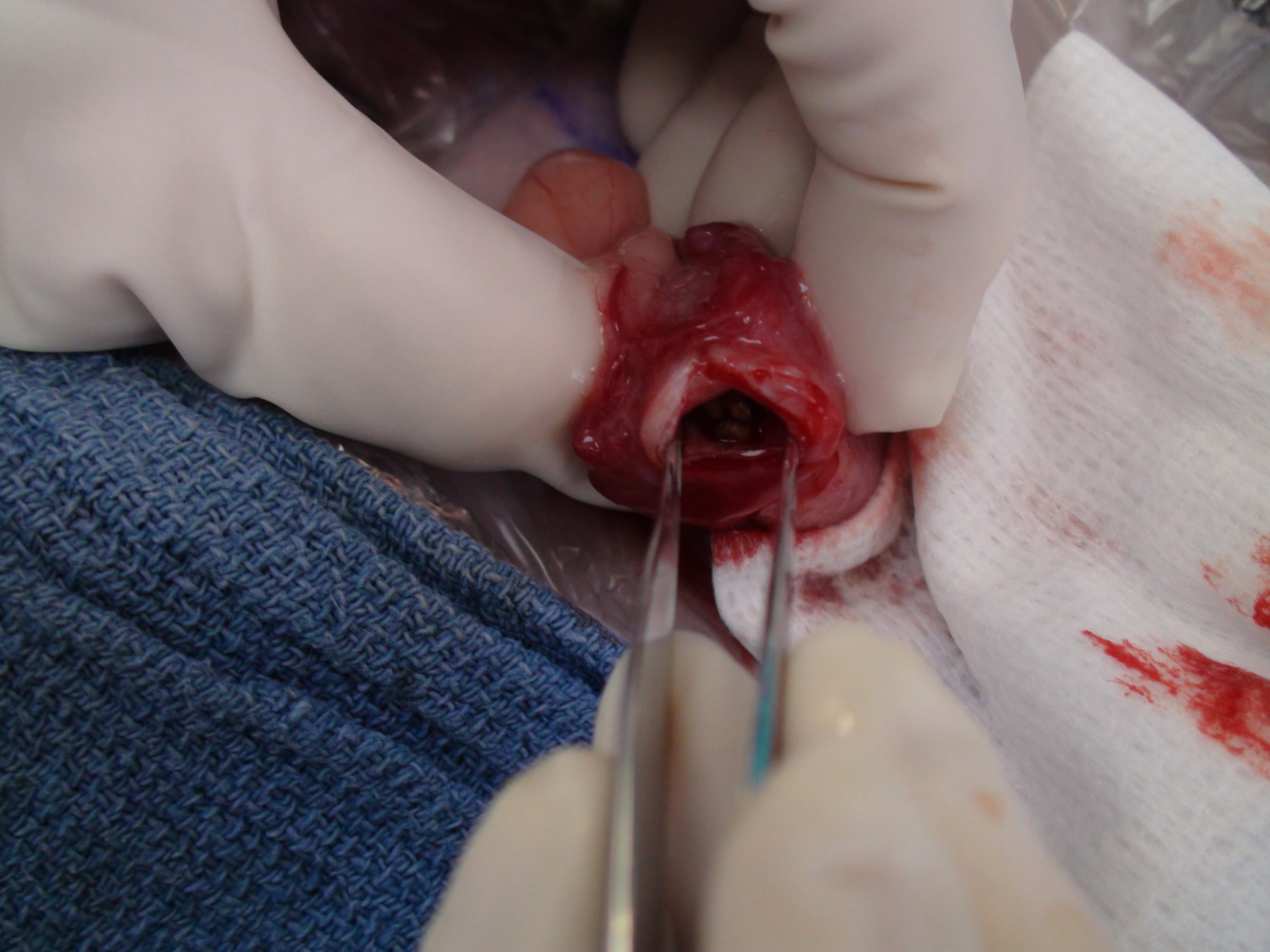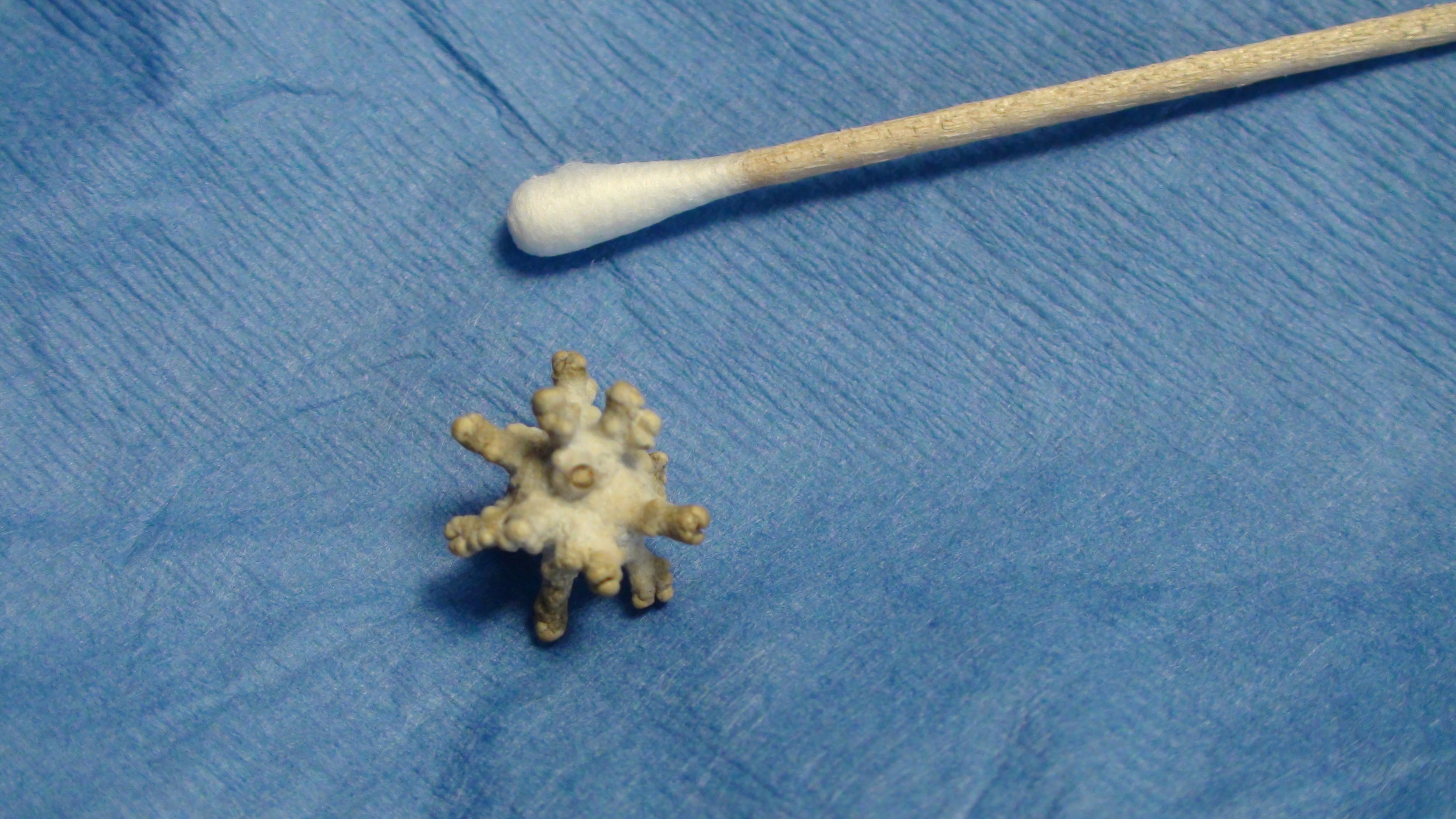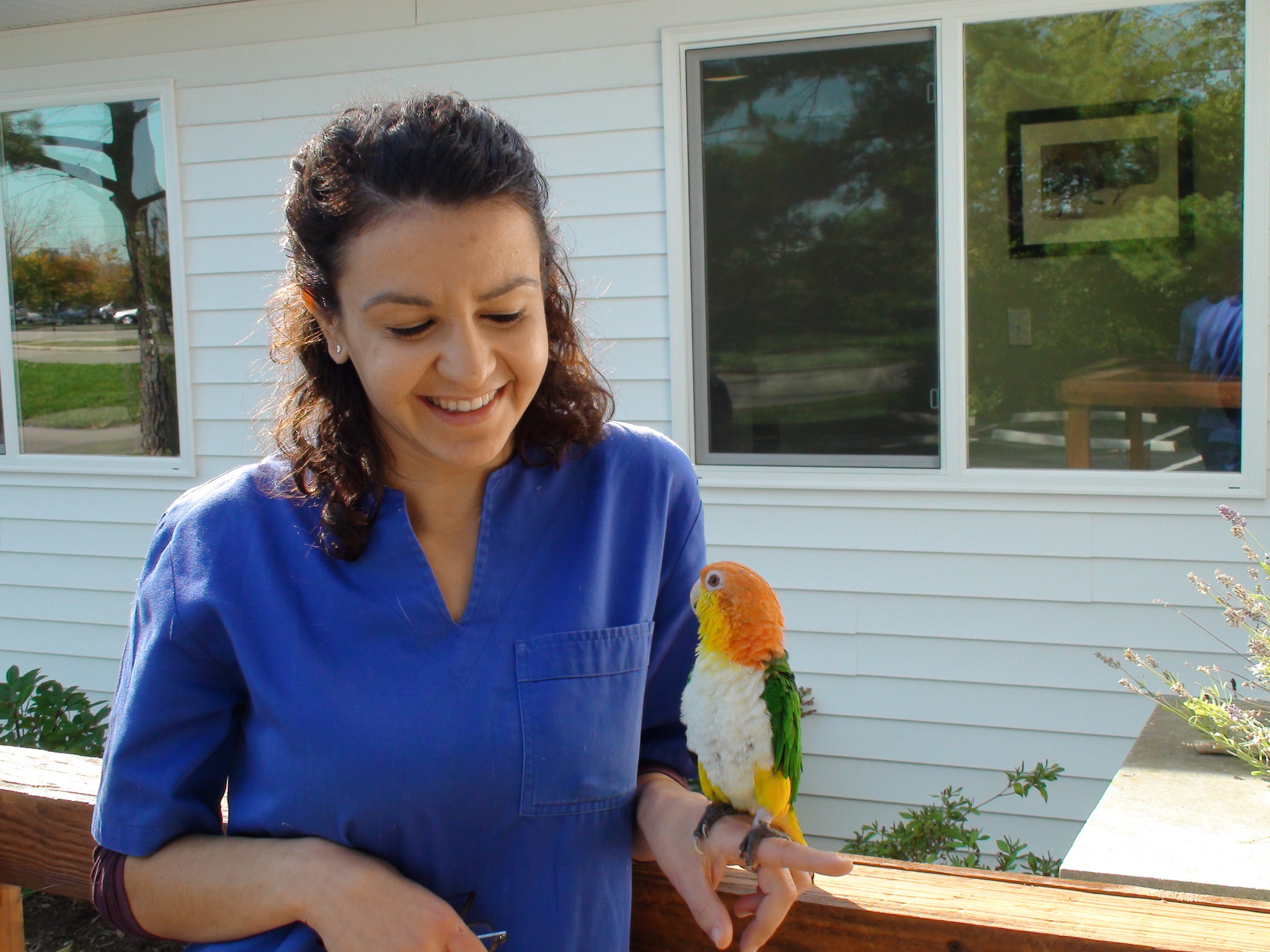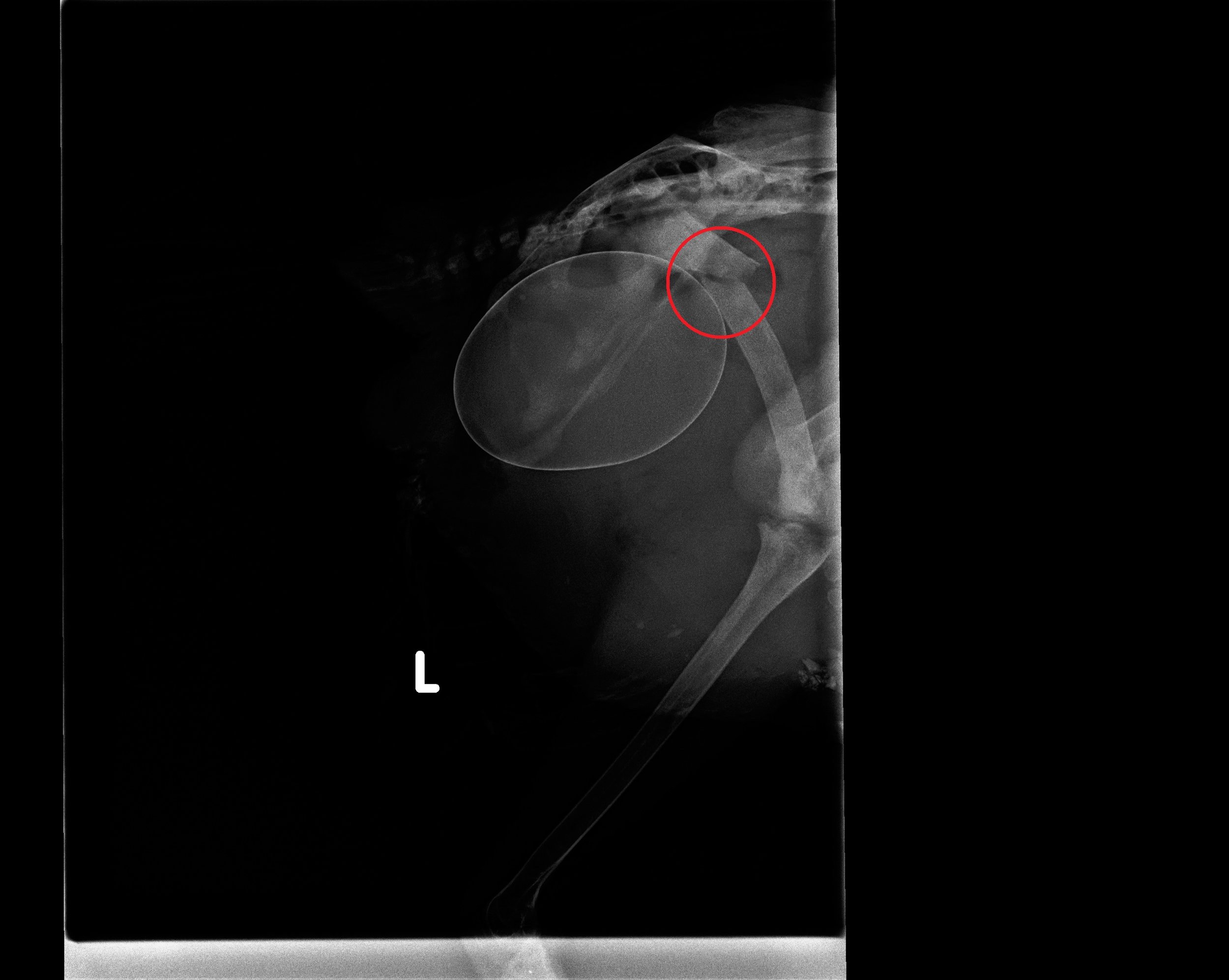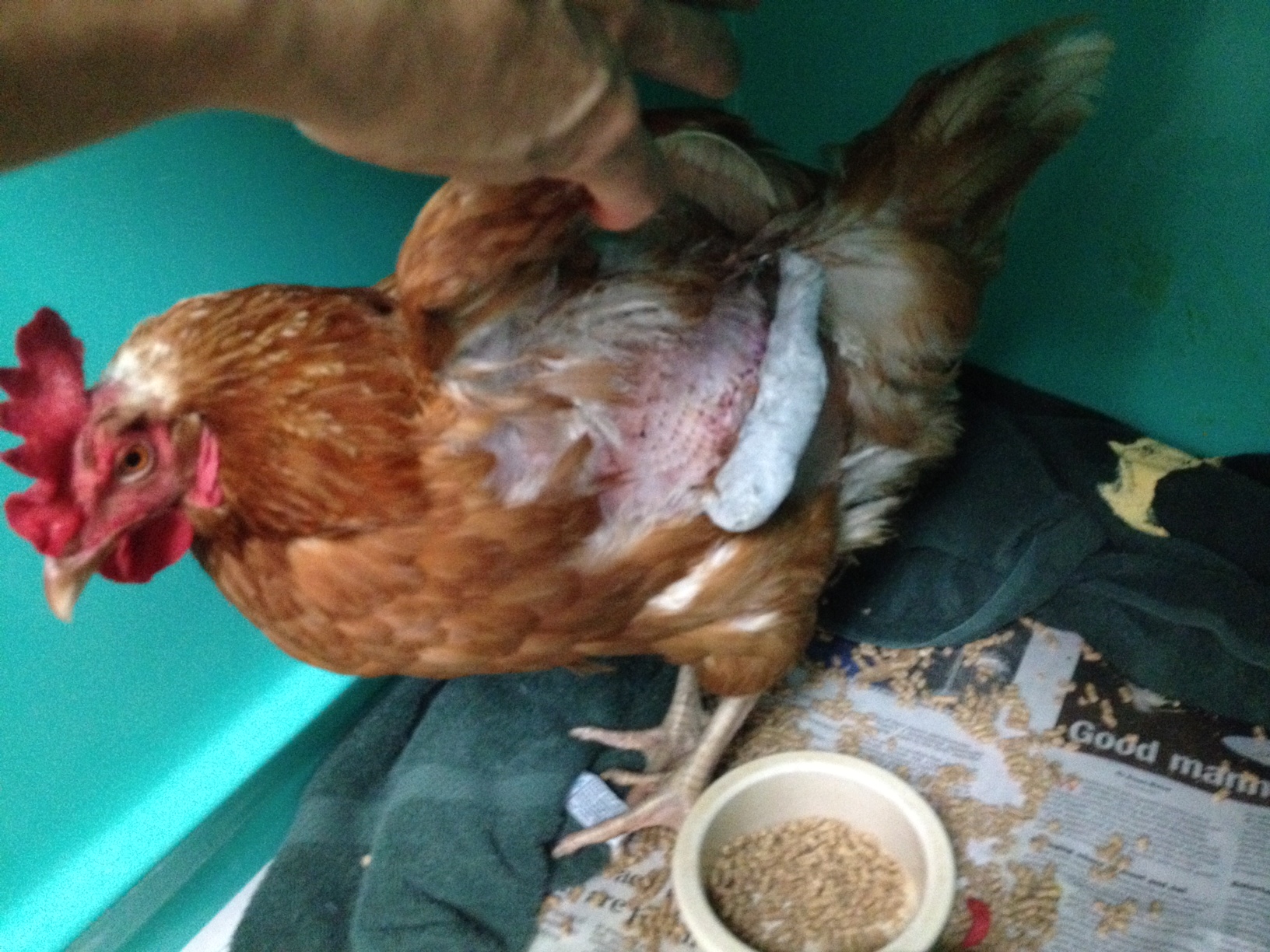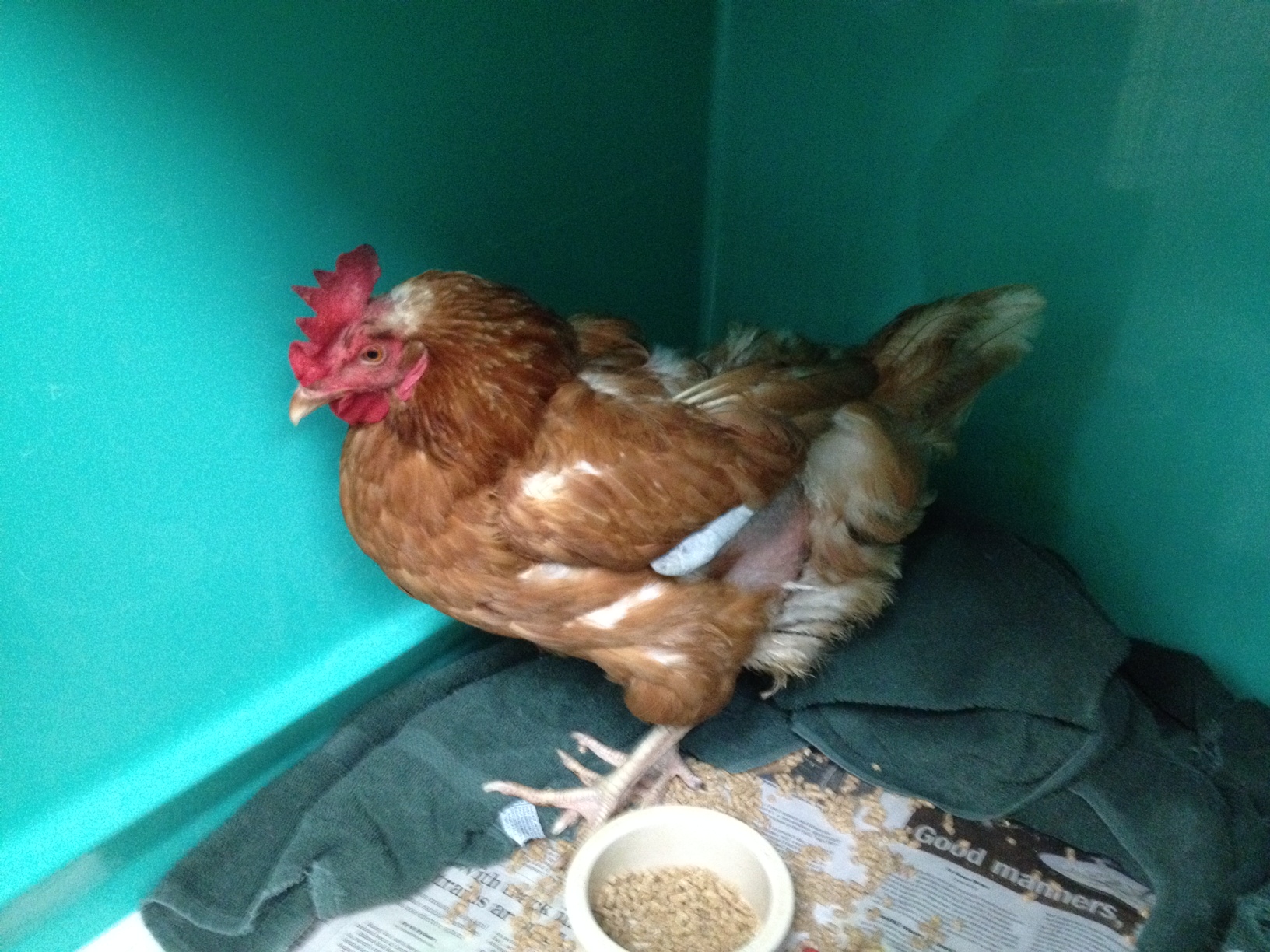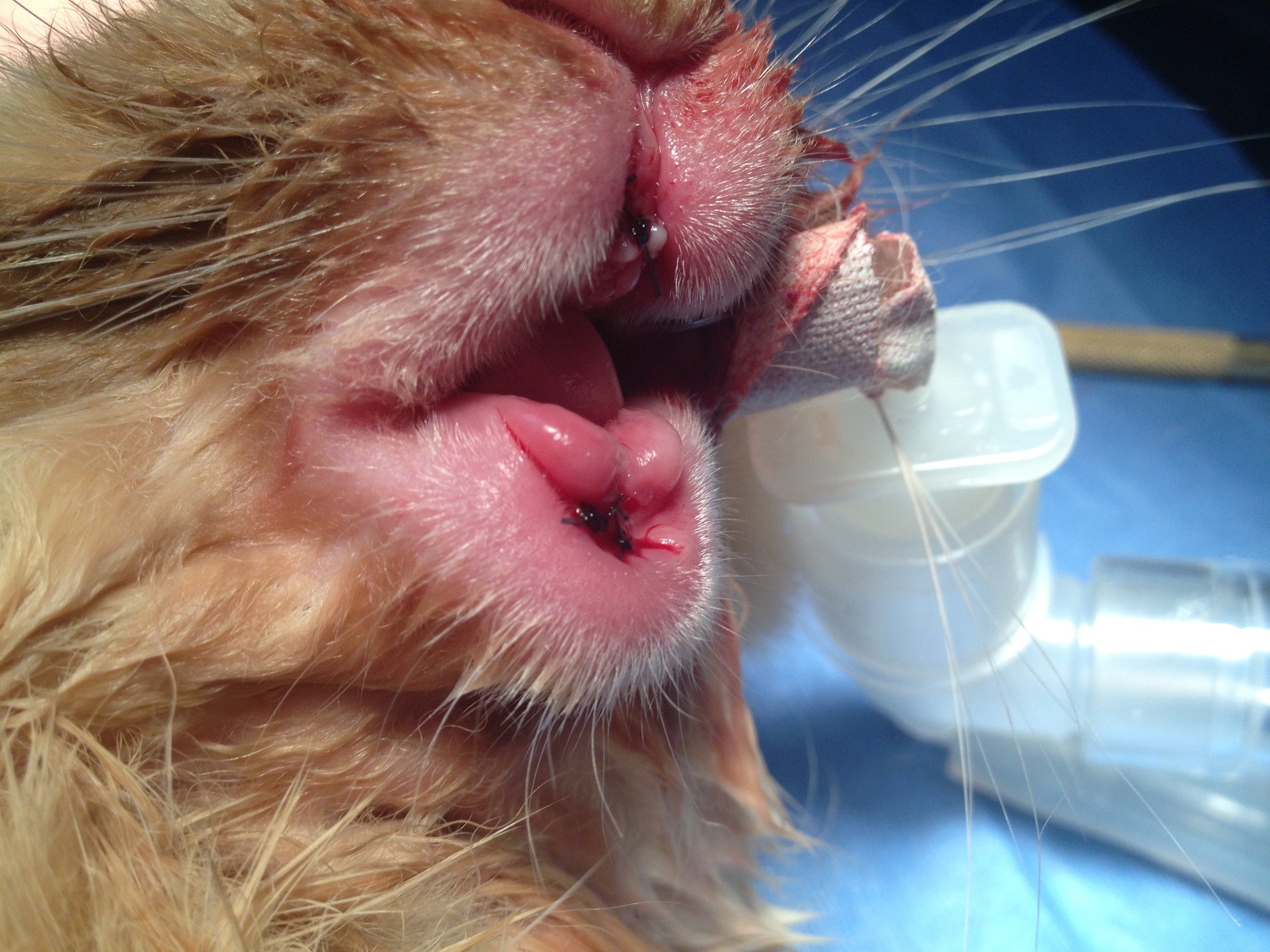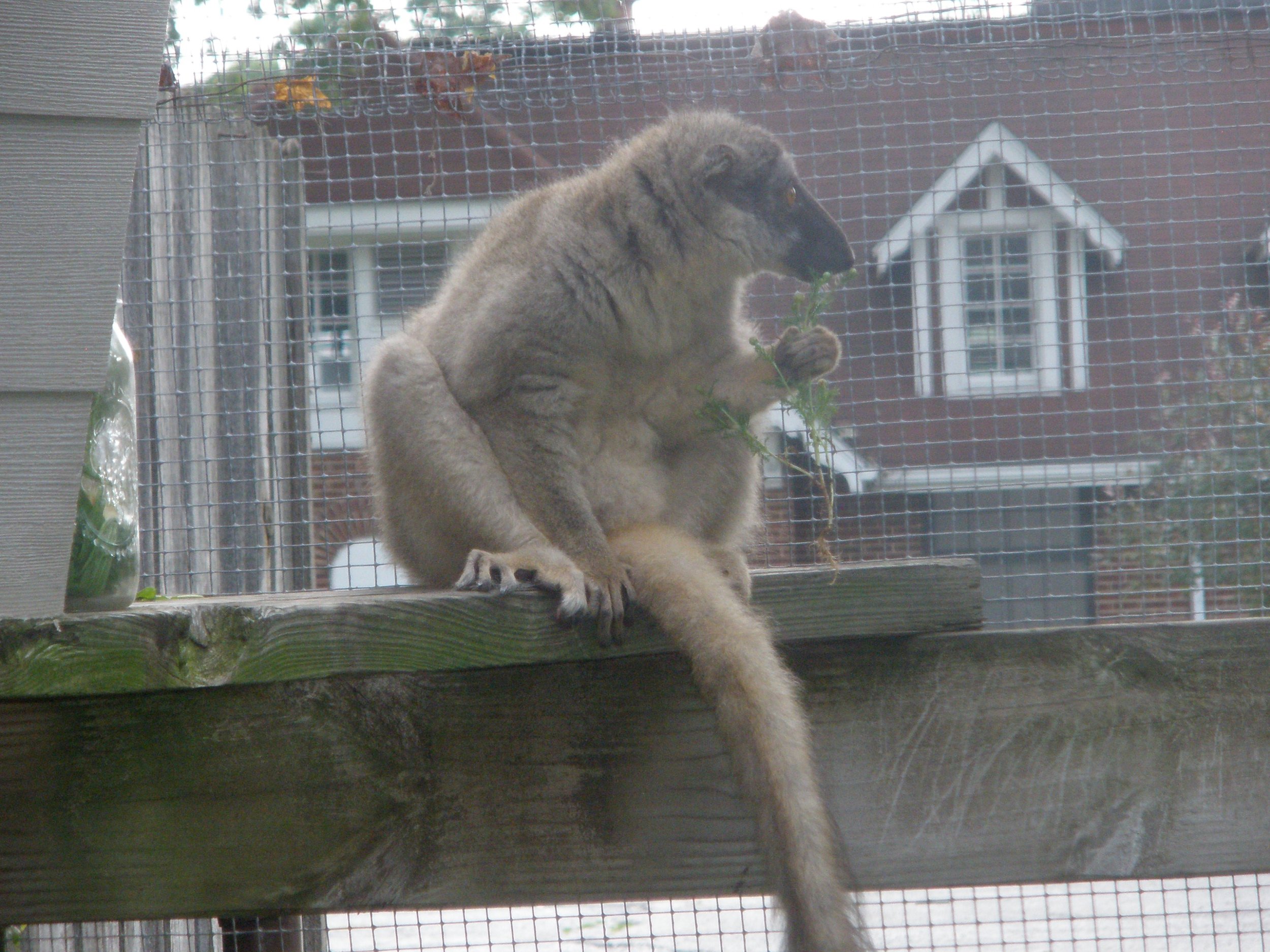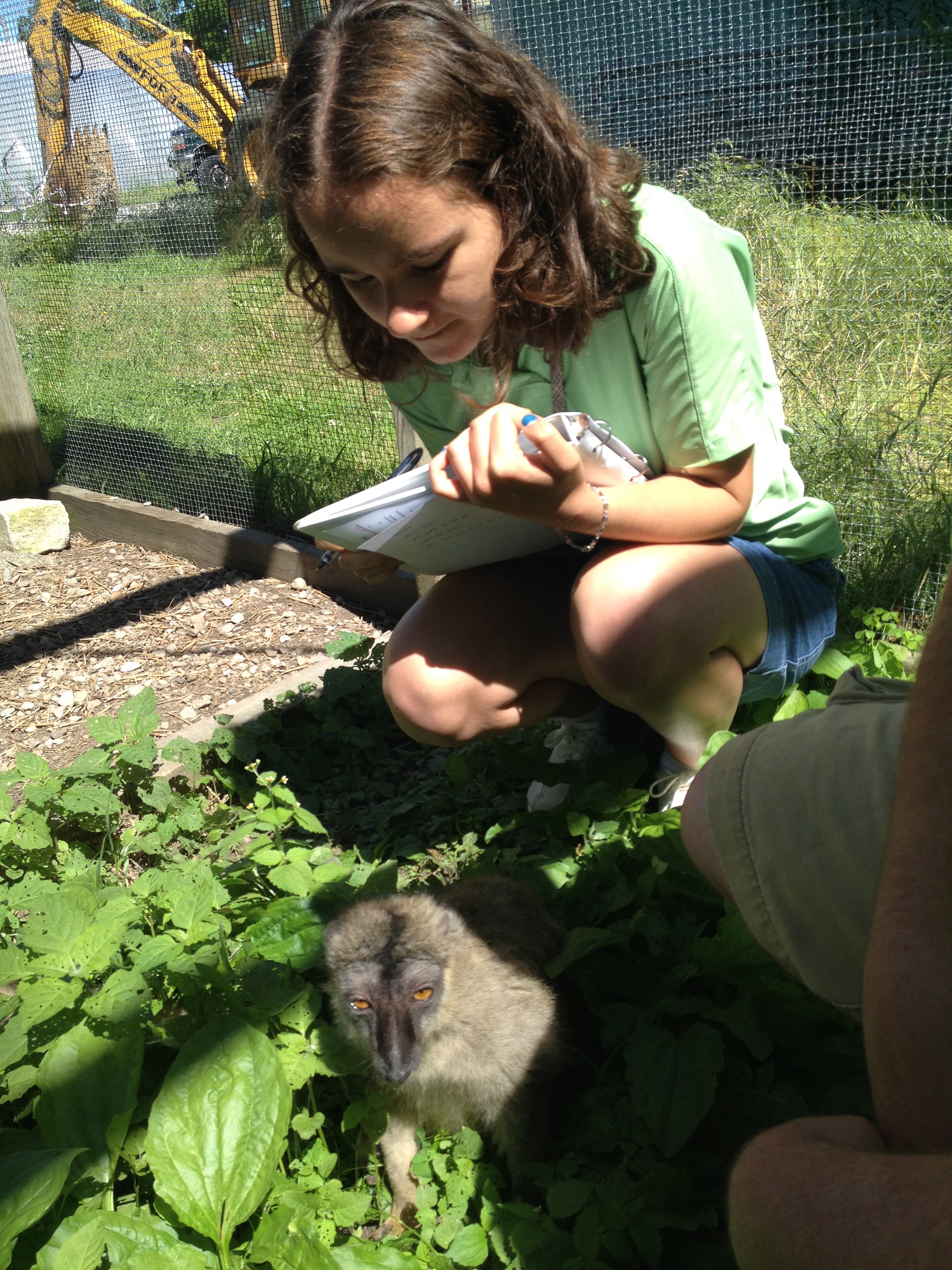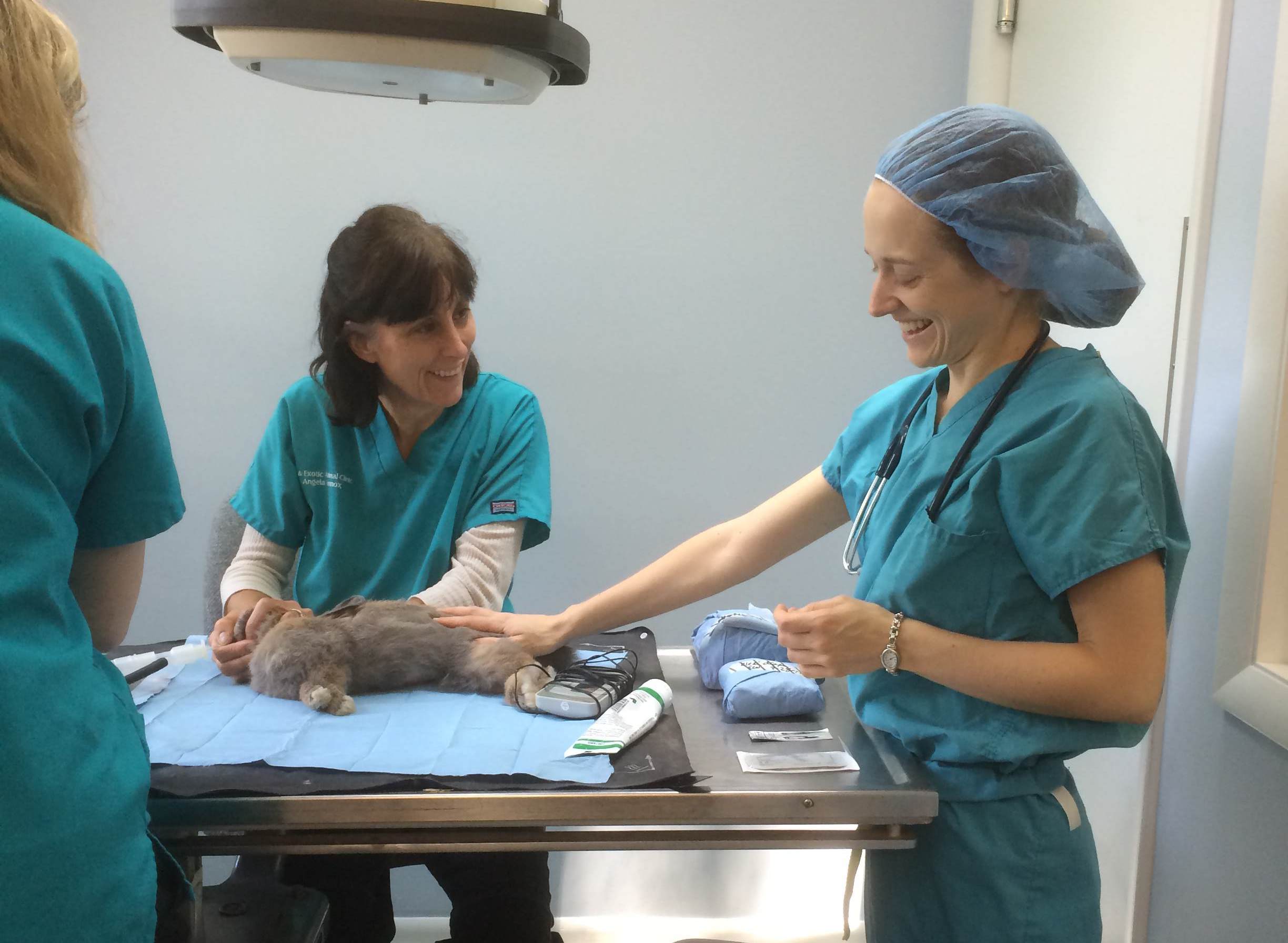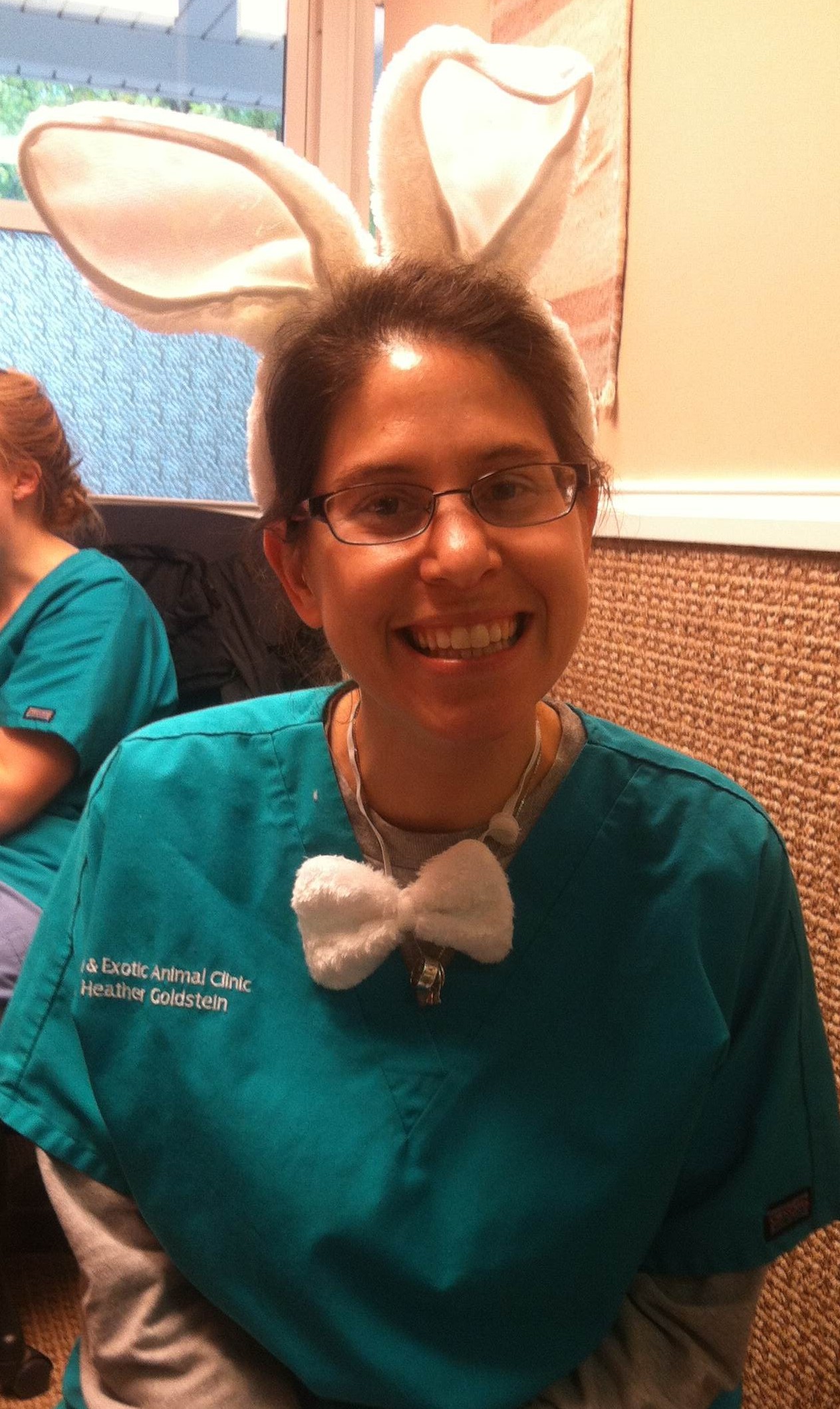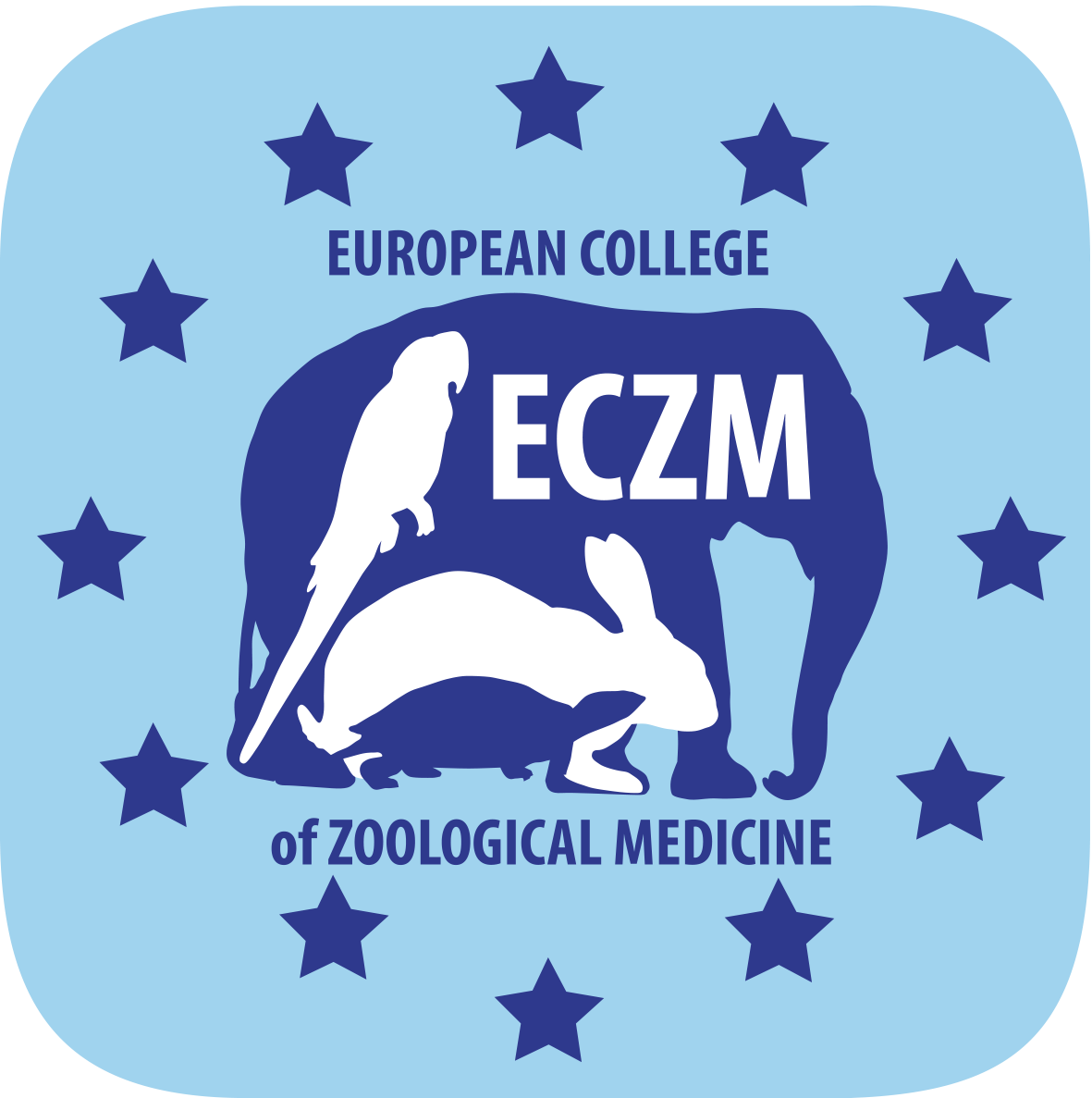One of our clients is looking for homes for some gorgeous New Zealand rescues! Read more about them here:
Greetings!
We have ten New Zealand bunnies available for immediate adoption or fostering! As you can see on the attached flyer, they're all as cute as can be.
We rescued mom on Memorial Day, nursed her back to health with the intent on finding a great home for her and she surprised us a few weeks later with lots of baby bunnies! A Fluffle of bunnies! They've had excellent care in our home, and excellent vet care at Avian & Exotic Animal Clinic in Indianapolis. We have seven girls and three boys, all spayed / neutered.
We are currently taking care of all ten in six enclosures in our living room and are desperate to adopt them out as soon as possible!
We have attached a flyer regarding the bunnies. We would GREATLY appreciate it if you would consider taking one, several, or all of them!
Note that these are indoor (only) pet bunnies, currently housed in circle enclosures. We have singles and paired bunnies, with one group of three girls together.
Also available are their supplies, including, when possible, their circle enclosures.
We ask that you kindly consider posting their flyer and info on your website and sharing it with your members and friends. Additional information and photos can be found on their Facebook page, "Ten Bunny Tales" - https://www.facebook.com/TenBunnyTales
Our contact info is on the flyer and listed below.
Thank you very much for your consideration!
 So what are good Valentine's Day presents for exotic pets? Chocolate is absolutely out, and flower arrangements might be toxic, even if rabbits and guinea pigs might want to eat them.
So what are good Valentine's Day presents for exotic pets? Chocolate is absolutely out, and flower arrangements might be toxic, even if rabbits and guinea pigs might want to eat them.



